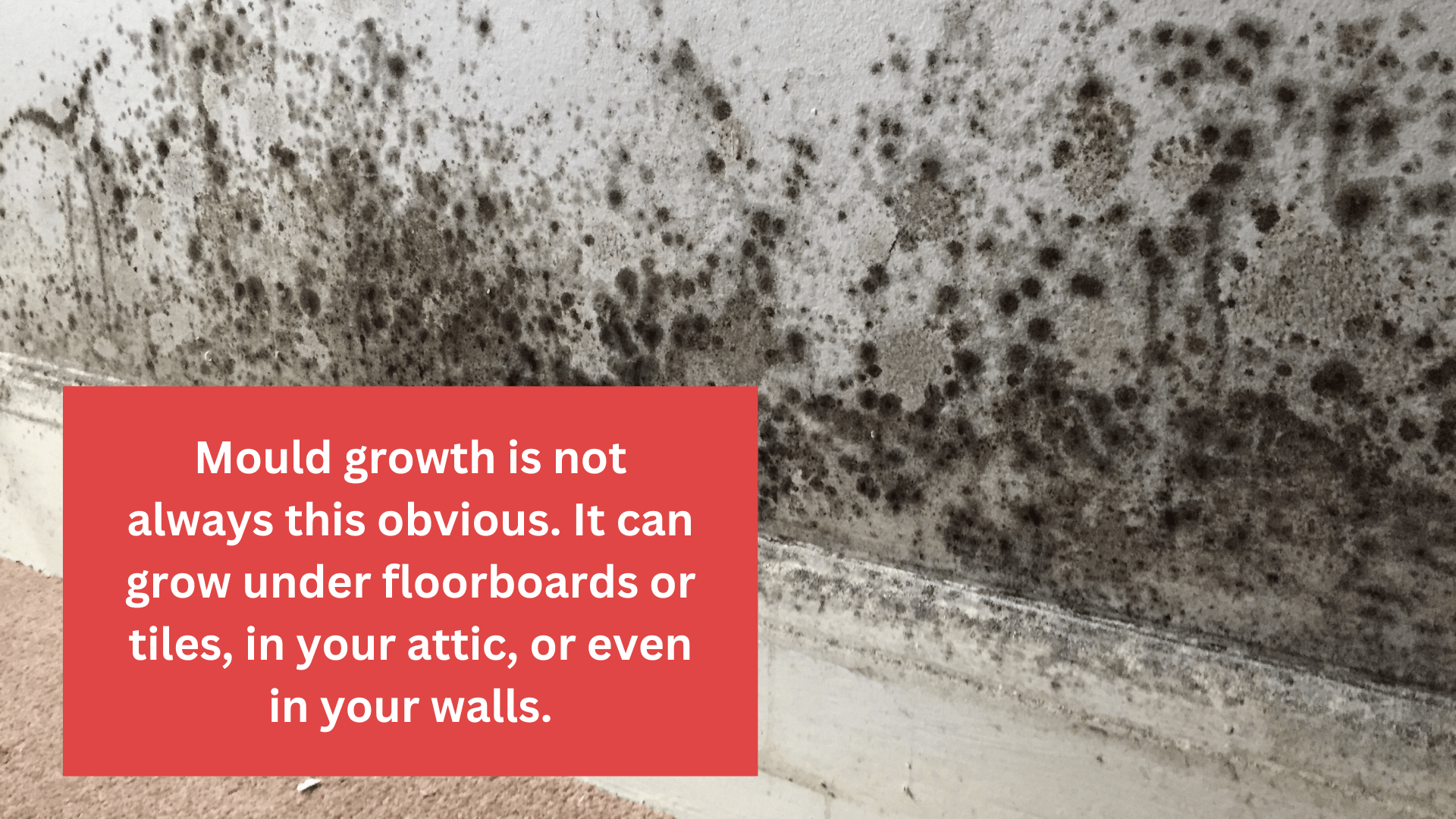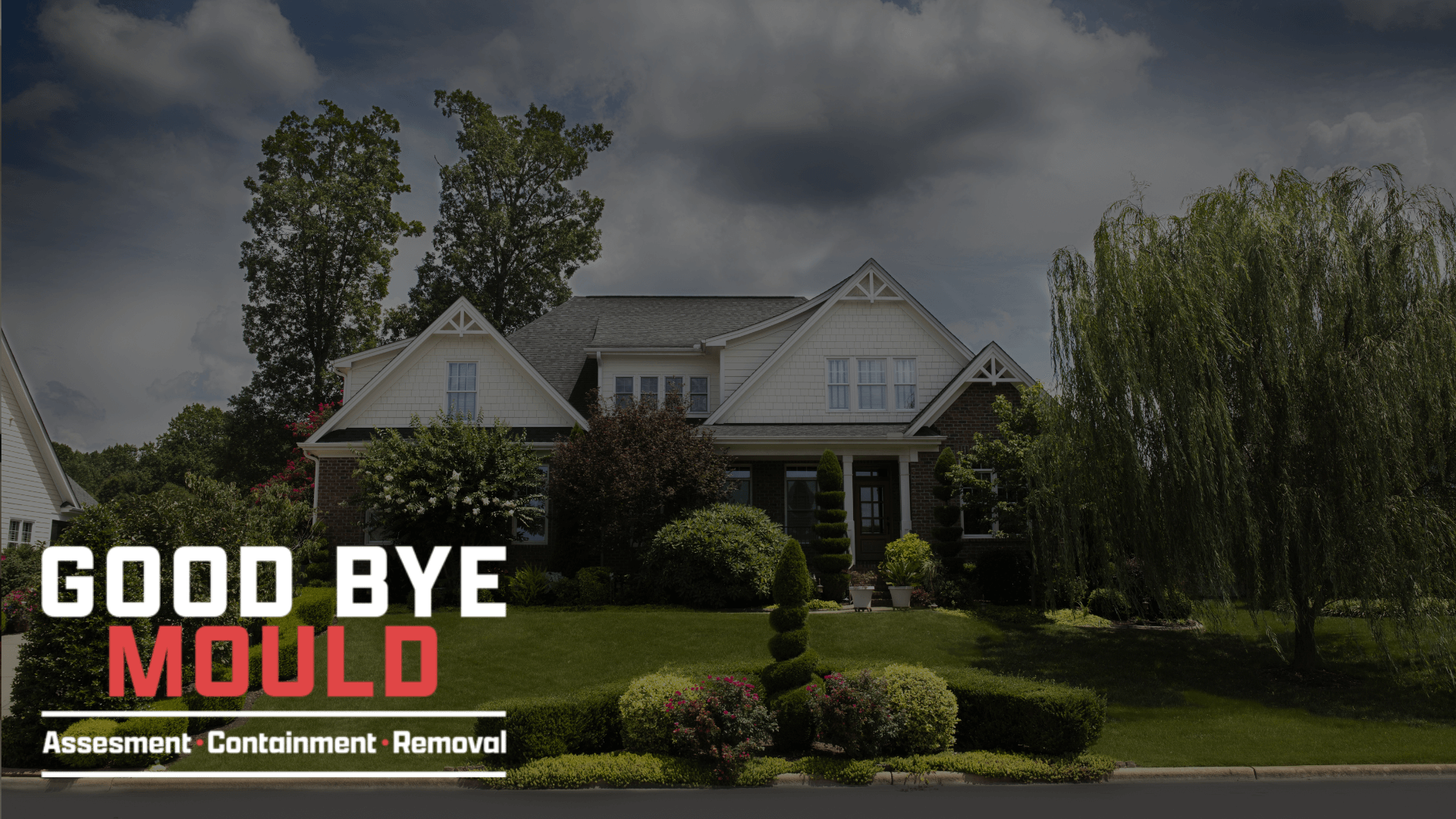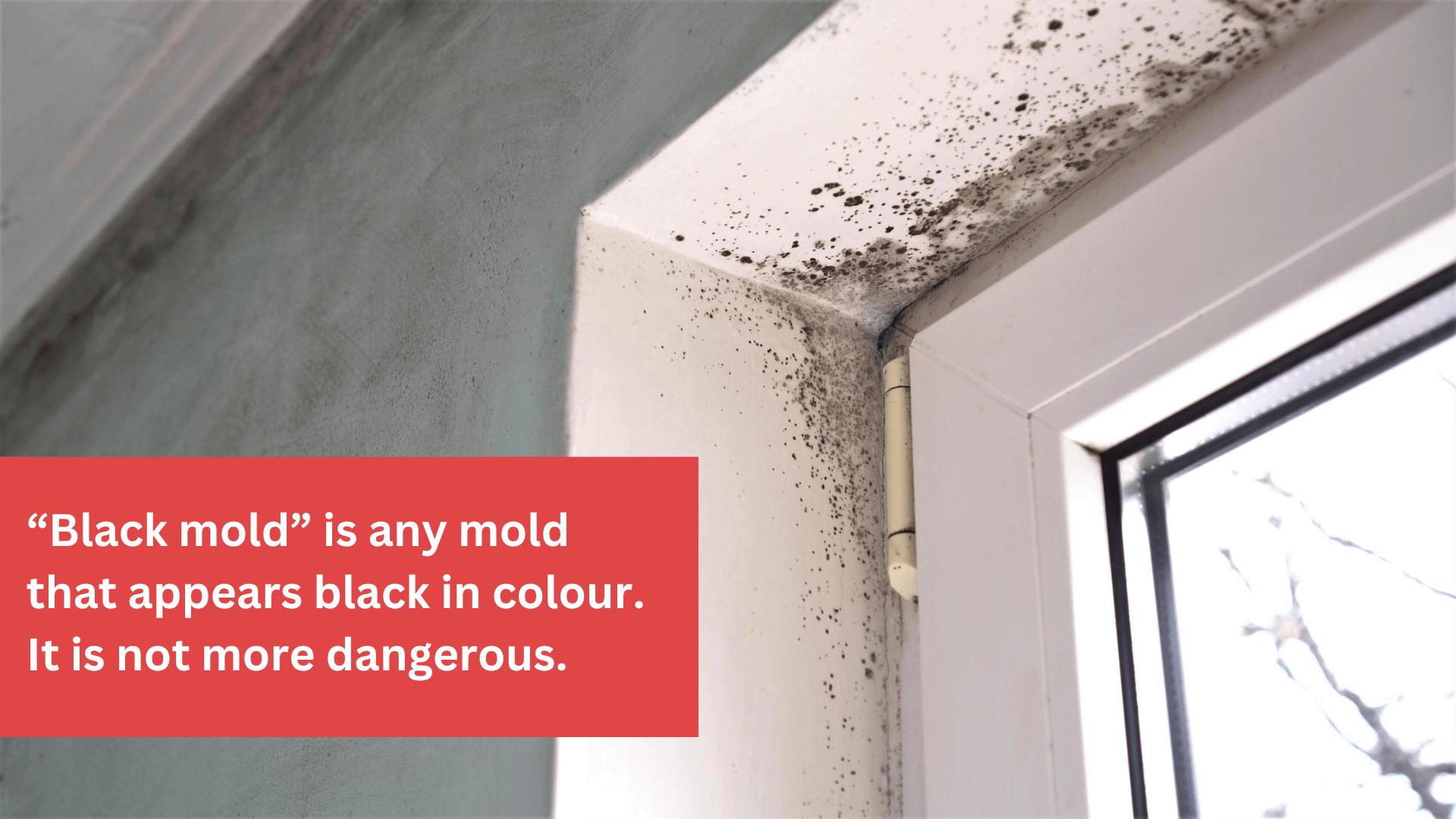Mould is more than just an unsightly problem in homes; it’s a potential health hazard that can cause a range of symptoms. In Kitchener, Ontario, humid and moist seasons like spring and summer create damp conditions that encourage mould growth. Understanding the signs of mould exposure, recognizing the causes of mould growth, and knowing what to do if you discover mould in your Kitchener home are crucial steps in protecting your health and maintaining a safe living environment. This comprehensive guide by Good Bye Mould will help you identify the risks and take action to safeguard your home and health.
Understanding the Health Symptoms of Mould Exposure
Mould exposure can lead to a variety of health symptoms, ranging from mild irritations to serious respiratory conditions. The impact of mould on health can vary depending on factors such as the type of mould, the duration of exposure, and individual sensitivities or pre-existing health conditions.
- Respiratory Issues: One of the most common symptoms of mould exposure is respiratory discomfort. This can include persistent coughing, sneezing, nasal congestion, and throat irritation. For individuals with asthma or other respiratory conditions, exposure to mould can exacerbate symptoms, leading to asthma attacks or chronic bronchitis.
- Allergic Reactions: Mould can trigger allergic reactions in some people. Symptoms can include itchy eyes, skin rashes, and hives. In more severe cases, individuals may experience shortness of breath, chest tightness, or wheezing. These symptoms can be particularly troubling for children, the elderly, and those with weakened immune systems.

- Chronic Fatigue and Headaches: Exposure to mould over a prolonged period can also result in more subtle symptoms, such as chronic fatigue or frequent headaches. These symptoms can often be mistaken for other health issues, but if they persist without a clear cause, mould exposure might be the culprit.
- Severe Reactions: In rare cases, mould exposure can lead to more serious health issues, such as mould toxicity. This condition can cause symptoms like memory loss, dizziness, joint pain, and in severe cases, lung inflammation. While these reactions are less common, they highlight the importance of addressing mould issues promptly.
If you’re experiencing any of these symptoms, it’s important to consider whether mould could be a contributing factor. Identifying and eliminating mould in your home can help alleviate these symptoms and prevent further health complications.
The Most Common Causes of Mould Growth
Mould thrives in environments that are damp, warm, and poorly ventilated. Understanding the common causes of mould growth can help you take preventive measures to protect your home.
- High Humidity Levels: In the Waterloo Region, we experience humid summers, which can create the perfect conditions for mould growth. When indoor humidity levels remain above 60%, mould spores can quickly take hold, especially in areas like bathrooms, basements, and kitchens.
- Water Leaks: Leaking pipes, roofs, or windows can introduce moisture into your home, creating an ideal environment for mould. Even small leaks, if left unaddressed, can lead to significant mould growth over time. It’s important to regularly inspect your home for signs of leaks and repair them promptly.
- Poor Ventilation: Rooms that are not well-ventilated, such as bathrooms without exhaust fans or basements without proper air circulation, can become breeding grounds for mould. Proper ventilation is key to reducing moisture levels in your home and preventing mould growth.

- Flooding: Floods or significant water damage can lead to extensive mould growth if not properly managed. After a flood, it’s crucial to thoroughly dry out the affected areas within 24-48 hours to prevent mould from taking hold.
- Condensation: Condensation can build up on windows, walls, and pipes, particularly in cold climates or during the winter months. This moisture can contribute to mould growth if not addressed. Ensuring that your home is well-insulated and properly ventilated can help reduce condensation.
By addressing these common causes of mould, you can significantly reduce the risk of mould growth in your home.
Signs of Mould Growth in Your Home
Mould is not always visible, and it can often hide in places where it’s difficult to detect. However, there are several signs that can indicate the presence of mould in your home.
- Visible Mould: The most obvious sign of mould growth is the presence of visible mould. This can appear as black, green, or white patches on walls, ceilings, or floors. Mould can also grow behind wallpaper, on carpets, or in other hidden areas.
- Musty Odours: Mould has a distinctive musty smell that can be a strong indicator of its presence, even if you can’t see it. If you notice a persistent musty odour in certain areas of your home, it’s worth investigating further for hidden mould.
- Water Stains or Discolouration: Water stains or discolouration on walls, ceilings, or floors can indicate a moisture problem that could lead to mould growth. These stains often appear as yellow or brown patches and should be addressed promptly.
- Peeling Paint or Wallpaper: Moisture behind walls can cause paint or wallpaper to peel or bubble. This can be a sign of mould growth behind the surface, especially if accompanied by other signs such as musty odours or visible mould.
- Health Symptoms: As discussed earlier, unexplained health symptoms, particularly respiratory or allergic reactions, can be a sign of mould exposure. If these symptoms worsen when you’re at home and improve when you’re away, it’s possible that mould is present in your home.
If you notice any of these signs, it’s important to take action quickly to identify and remove the mould.
What to Do When You Identify Mould Growth
Discovering mould in your home can be alarming, but taking swift action can prevent further damage and protect your health. Here’s what to do if you identify mould growth:
Don’t Disturb the Mould
Avoid touching or disturbing the mould, as this can release spores into the air, increasing the risk of exposure. If possible, seal off the affected area to prevent the spread of spores.
If the mould growth is extensive or you’re unsure of how to handle it, it’s best to call in professionals. Mould can spread quickly, and professional remediation ensures that the problem is thoroughly addressed.

At Good Bye Mould, we specialize in mould inspection and remediation services in Kitchener, Waterloo, Cambridge, Guelph, Hamilton and beyond. Our team of experts will assess the extent of the mould problem, identify the source of moisture, and safely remove the mould from your home. We use state-of-the-art equipment and techniques to ensure that your home is mould-free and safe for your family.
Mould can be a serious problem, but with the right knowledge and professional help, you can protect your home and your health. If you suspect mould in your home, don’t wait—contact Good Bye Mould today for expert assistance today.


